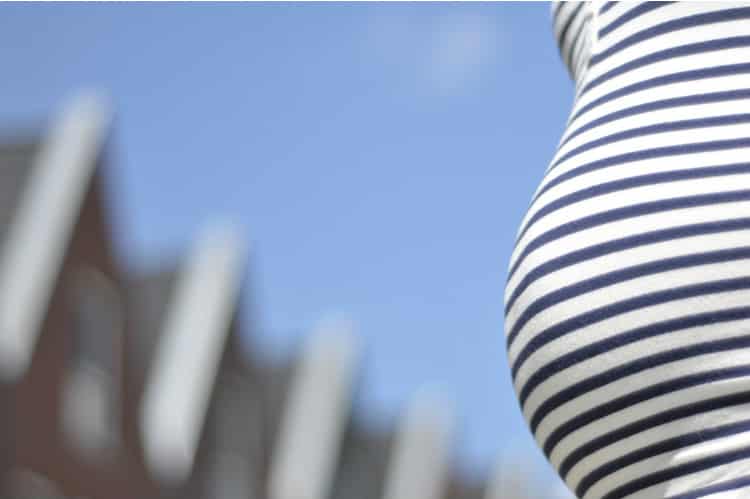To better understand the different degrees of diabetes, read the article Classifying Gestational Diabetes.
Treating and monitoring gestational diabetes takes place at many levels.
1. Diet:
Your diet is the most important consideration when treating gestational diabetes. A nutritionist will help you calculate your recommended calories consumed per day based on your age, weight, history, glycemia results, etc.
2. Exercise:
Exercise helps reduce blood glucose in pregnant women because muscles use sugar when active. This lowers the insulin demand.
Being active helps control glucose during pregnancy. Aerobic and muscle exercises should be part of your daily routine.
3. Measuring Blood:
Taking four blood glucose tests per day allow you to monitor the balance between sugar and insulin in your blood. Often this is done in the morning on an empty stomach then one hour after a meal. It can be more frequent, based on each person’s situation.
4. Treatments with Medication:
For women who need it, oral or injected insulin medications might be necessary to maintain your blood glucose balance and prevent possible complications.
5. Monitoring:
- Fetal monitoring at least twice a week starting from 32 weeks pregnant.
- Frequent ultrasounds to monitor the baby’s weight
- Possible induction before 40 weeks, to prevent possible complications at the end of the pregnancy
- A caesarean will be planned only if the mother’s condition does not allow for vaginal childbirth.
Protective factors for screening gestational diabetes
- Under 25
- Caucasian
- A BMI under 27
- No gestational diabetes history in the family, or intolerance to glucose
- No history of diabetes in the immediate family (father, mother, brother, sister).
Risk factors for developing gestational diabetes
- Over 35
- BMI over 30
- Known to have polycystic ovaries
- Giving birth to a very large baby (macrosomia)
- Being treated with certain medications
- Part of high-risk populations (Hispanic, Asian, African)
To read the next section, go to Possible Complications of Gestational Diabetes.



